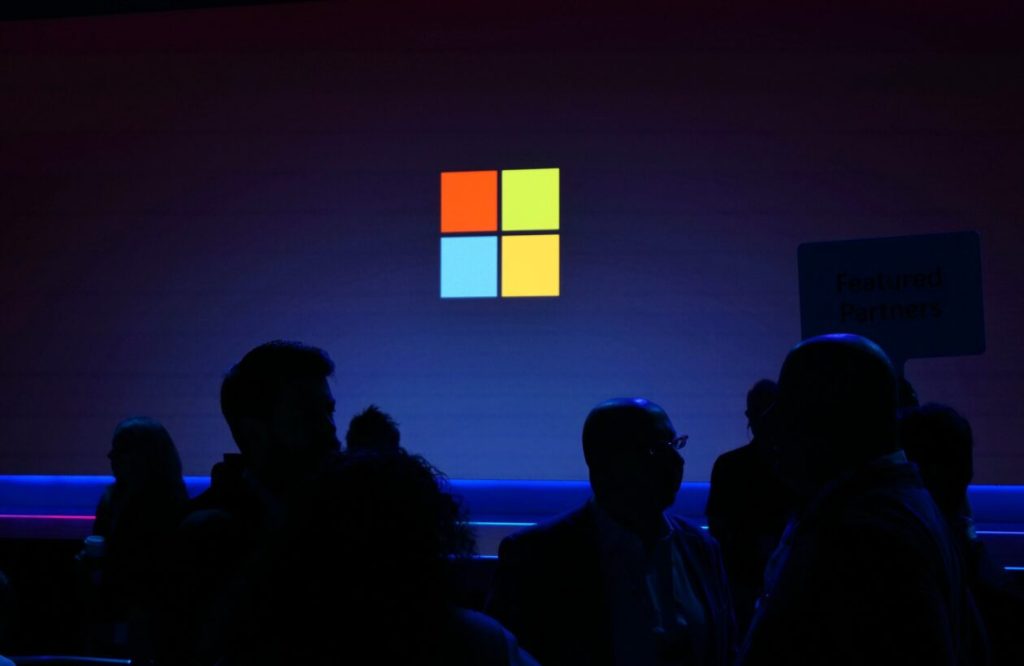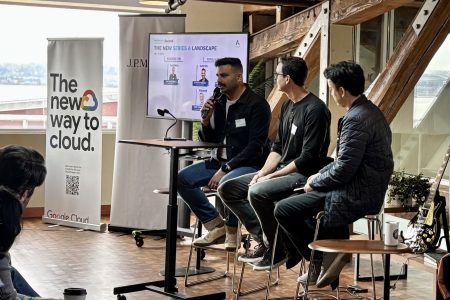Microsoft’s Ongoing Layoffs: A Strategic Realignment Amid AI Investments
In recent months, Microsoft has been quietly reshaping its workforce through a series of layoffs that have affected thousands of employees. The tech giant’s approach has veered away from the traditional “cut once, cut deep” philosophy, instead implementing a steady stream of smaller reductions that have collectively made a significant impact. The most recent announcement revealed another 42 positions eliminated at the company’s Redmond headquarters, adding to the more than 3,200 jobs cut in Washington state since May. Globally, Microsoft has parted ways with over 15,000 employees during this period, creating an atmosphere of uncertainty among its workforce. These ongoing reductions have many employees wondering if their positions might be next, as the company continues to make strategic adjustments to its staffing across various departments.
What makes these cuts particularly noteworthy is their timing, as they coincide with Microsoft’s record investments in artificial intelligence technology. This apparent contradiction was addressed by CEO Satya Nadella in a July memo, where he acknowledged the “uncertainty and seeming incongruence” of the situation. Nadella described these workforce decisions as “among the most difficult we have to make,” recognizing the human impact of such changes while still emphasizing the company’s need to realign resources toward future growth areas. The juxtaposition of significant layoffs alongside massive AI investments reflects the complex reality of Microsoft’s current business strategy—pruning certain areas while aggressively expanding in others. This balancing act highlights the challenging decisions tech companies must make as they navigate industry transformations and shifting priorities.
Despite these significant personnel reductions, it’s important to note that Microsoft isn’t actually shrinking as an organization. According to its 2025 fiscal year report, the company’s global headcount remained steady at 228,000 employees through June. This stability in overall numbers reveals an important aspect of Microsoft’s strategy: rather than downsizing broadly, the company is strategically reallocating its human capital. As positions are eliminated in some areas, new roles are being created and filled in others, particularly in the artificial intelligence domain. This approach signals Microsoft’s commitment to transforming its workforce to align with emerging technologies and future business directions, even as it means difficult transitions for affected employees.
The pattern of layoffs at Microsoft reflects broader trends across the technology sector. Industry giants including Amazon, Google, and Meta have collectively eliminated tens of thousands of positions in recent years, often citing similar reasons for these decisions. Many tech companies acknowledge a period of over-hiring during the pandemic boom, when remote work and digital services saw unprecedented growth. As the market has normalized and economic pressures have increased, these same organizations have pivoted toward greater operational efficiency. Simultaneously, strategic priorities have shifted dramatically toward artificial intelligence and related technologies, requiring different skill sets and organizational structures. Microsoft’s approach to workforce management must be understood within this larger context of industry-wide adjustment and strategic realignment.
For the employees affected by these cuts, the impact is deeply personal and often challenging. The uncertainty created by Microsoft’s ongoing, incremental approach to layoffs has contributed to workplace anxiety, as teams wonder if their department might be next. Career transitions are rarely easy, even in a robust job market, and being part of a large corporate reduction comes with both practical and emotional challenges. For those remaining at Microsoft, there’s the added stress of absorbing additional responsibilities while adjusting to restructured teams and changed expectations. The human element of these corporate decisions extends beyond just those directly affected, influencing company culture, employee trust, and workplace morale throughout the organization.
Looking ahead, Microsoft’s strategic workforce adjustments likely signal a continued evolution rather than a temporary measure. As the company deepens its investments in artificial intelligence and related technologies, further realignment of talent and resources should be expected. This period of transformation highlights the rapidly changing nature of the technology industry, where companies must continually reassess their capabilities and structure to remain competitive. For Microsoft, maintaining its position as an industry leader requires making difficult decisions about where to invest and where to cut back. While painful for those affected, these changes reflect the company’s determination to position itself advantageously for the future technology landscape, particularly as AI becomes increasingly central to its products, services, and overall business strategy.














